The flat building sheets, Hardiplank (as seen in the photo on the right), Villaboard (used in most bathrooms) and Hardiflex (used for the eave cladding around the outside of the house) were the most commonly used products and the asbestos was removed from these products in 1981. The same looking product was still produced without the asbestos, but using cellulose fibres, so dates are important to know what product your home is built with.
Compressed Sheeting often used in upper storey additions or balcony flooring contained asbestos up until 1984 as was fibre cement drain pipe and pressure pipe.
The Super 6 fence sheeting (as seen in the photo on the left) was still manufactured with asbestos up until 1985.
Shadowline wall cladding (used in a lot of shacks as external wall cladding) also was sold up until 1985 containing asbestos.
Asbestos is not a threat if the product is in sound condition, this must be noted, however the product can become brittle with age and easily damaged, releasing asbestos fibres into the air.
Cutting, breaking, drilling, sanding, grinding, pressure cleaning or scraping can release the asbestos fibres.
Asbestosis may become evident 5–15 years after continued exposure to high asbestos fibre concentrations.
Mesothelioma does not become evident for 15 - 20 years.
Lung cancer is also related to Asbestos fibre inhalation, by its own or in conjunction with smoking within 10 - 40 years.
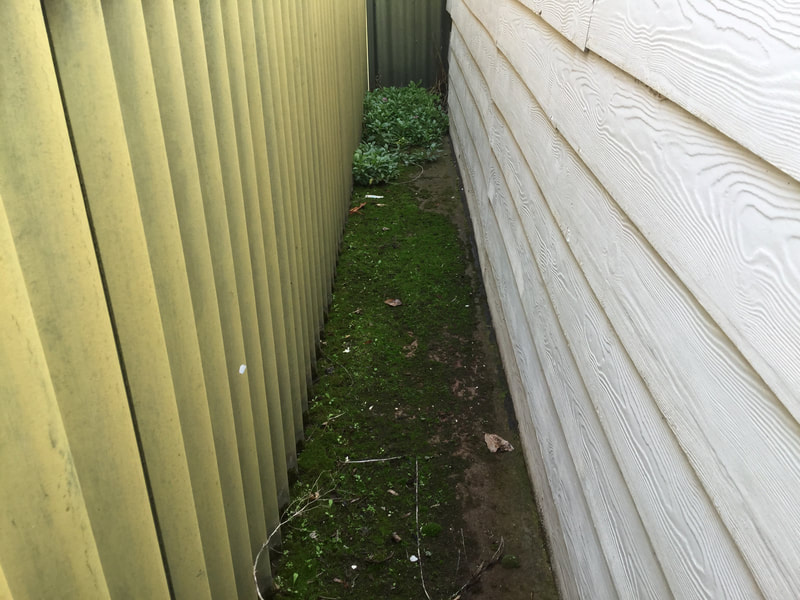
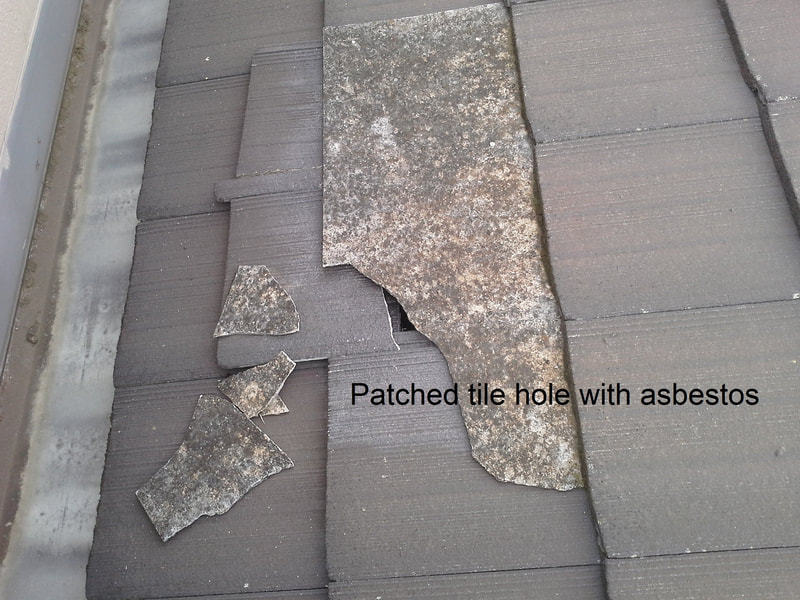
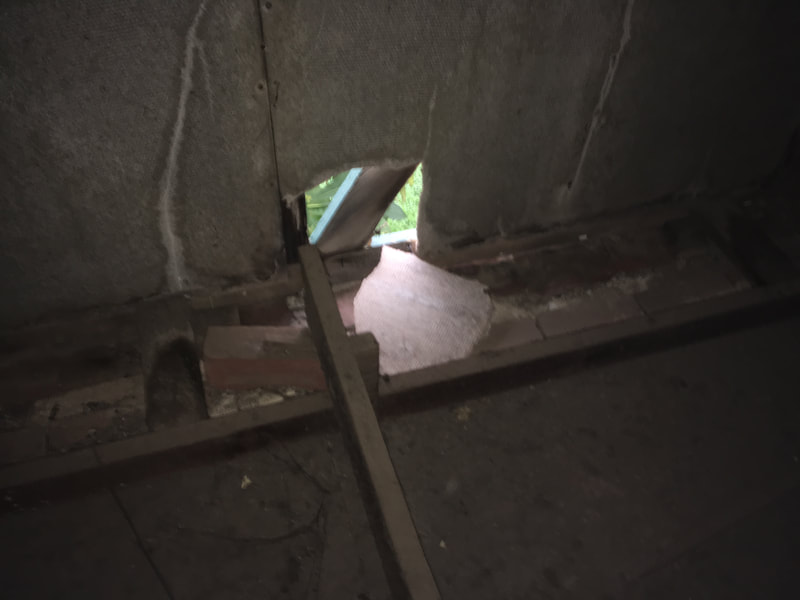
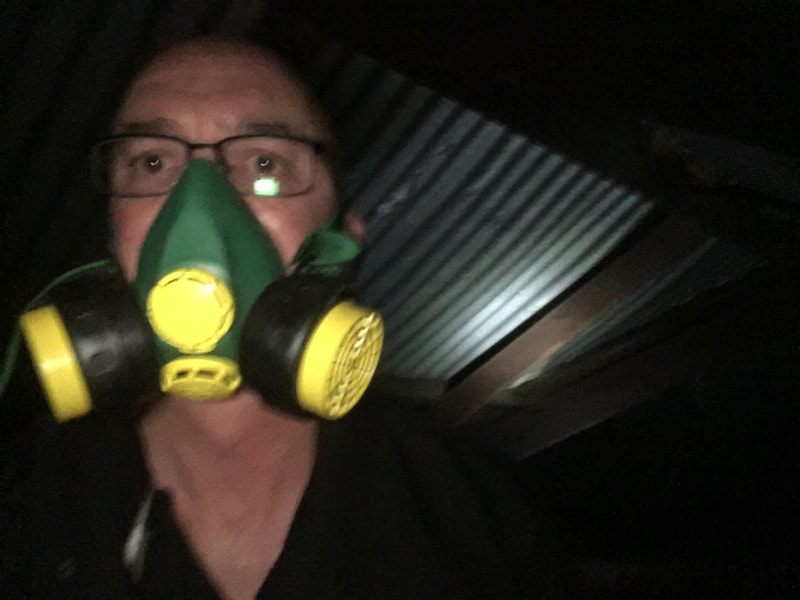
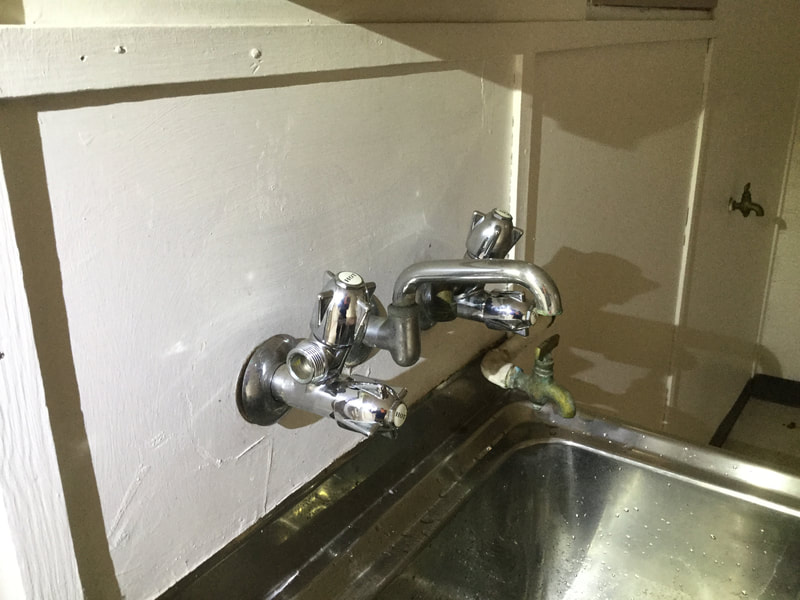
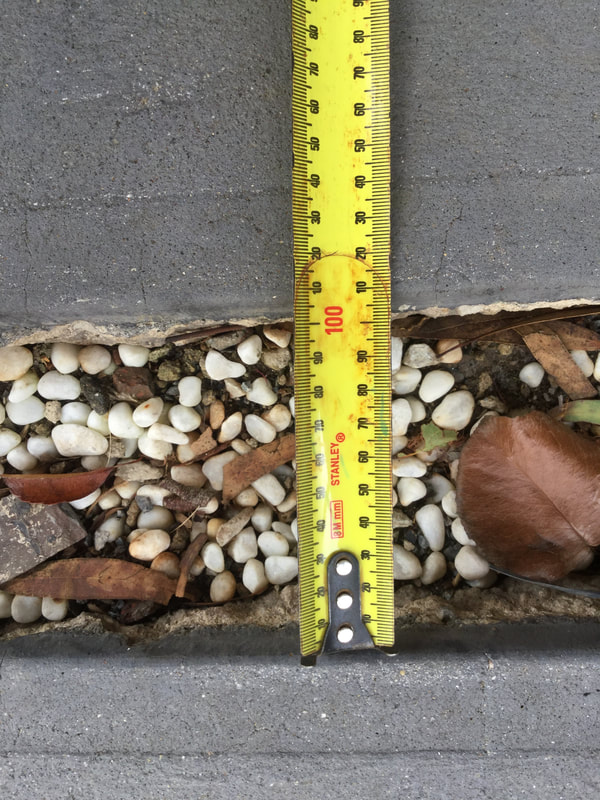
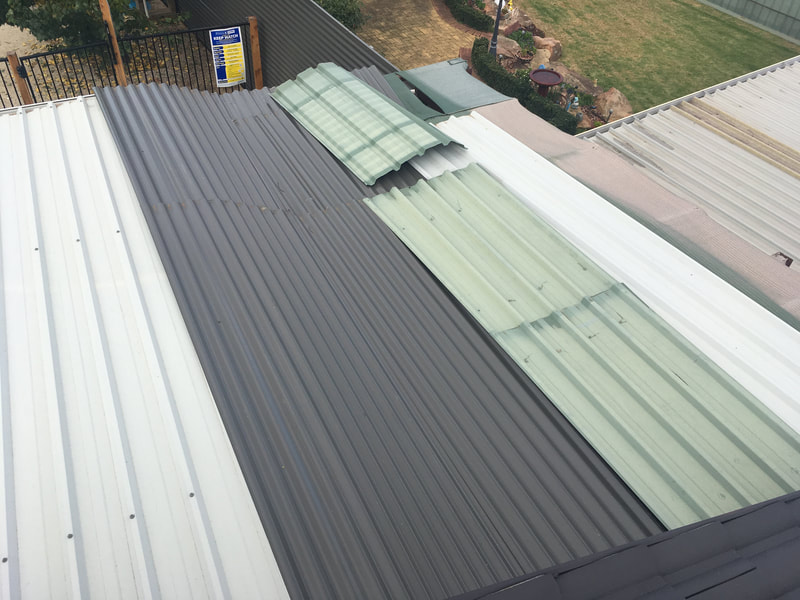
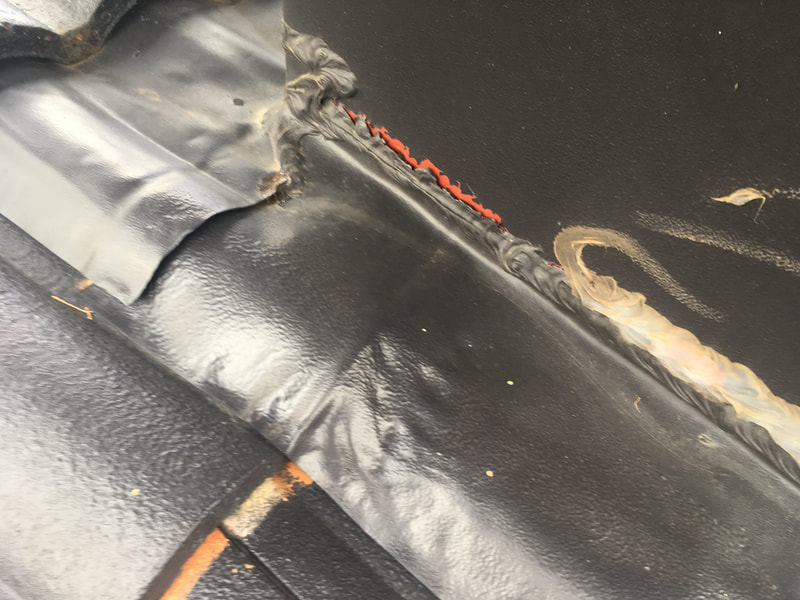
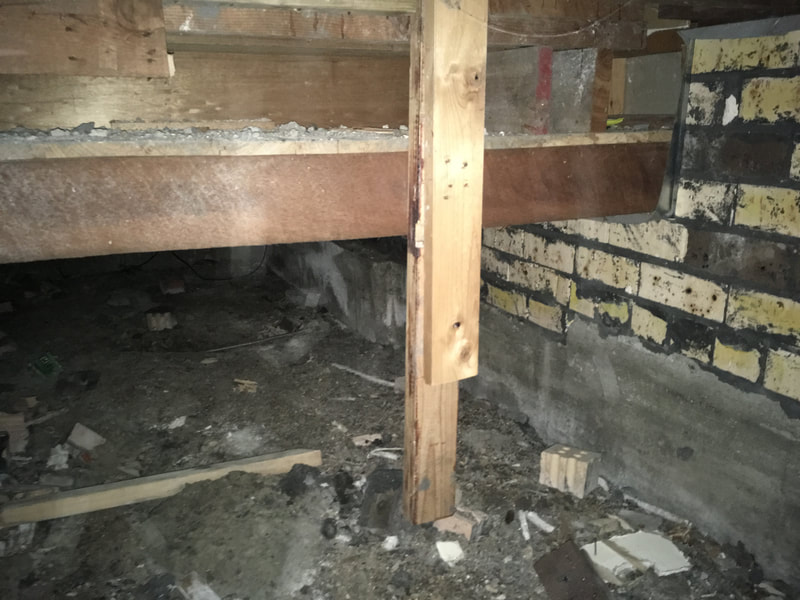
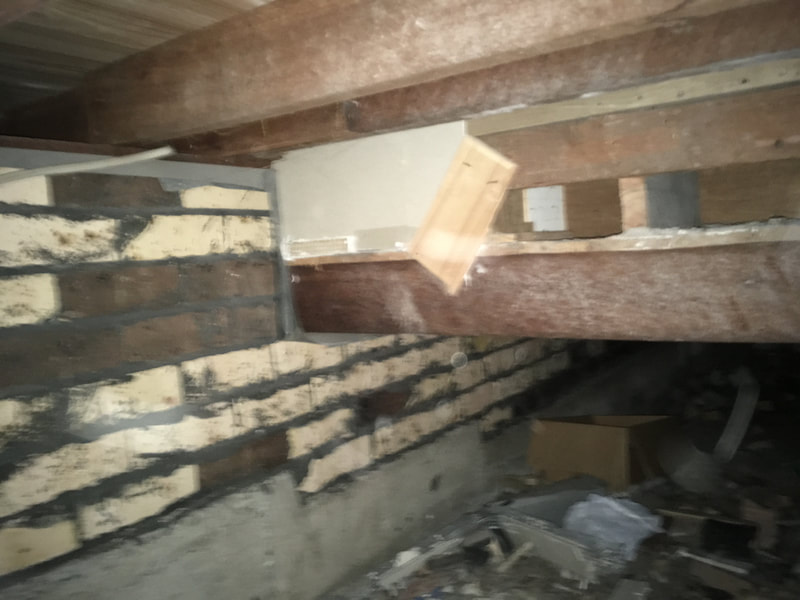
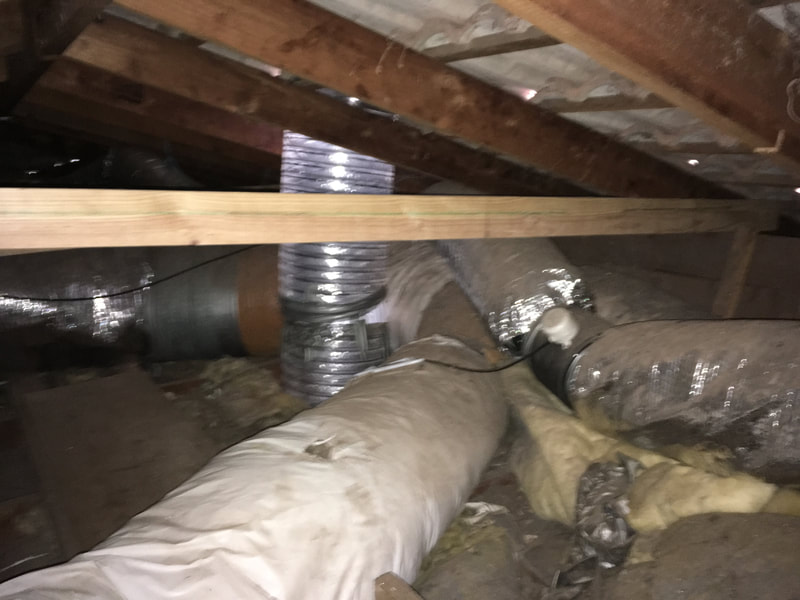
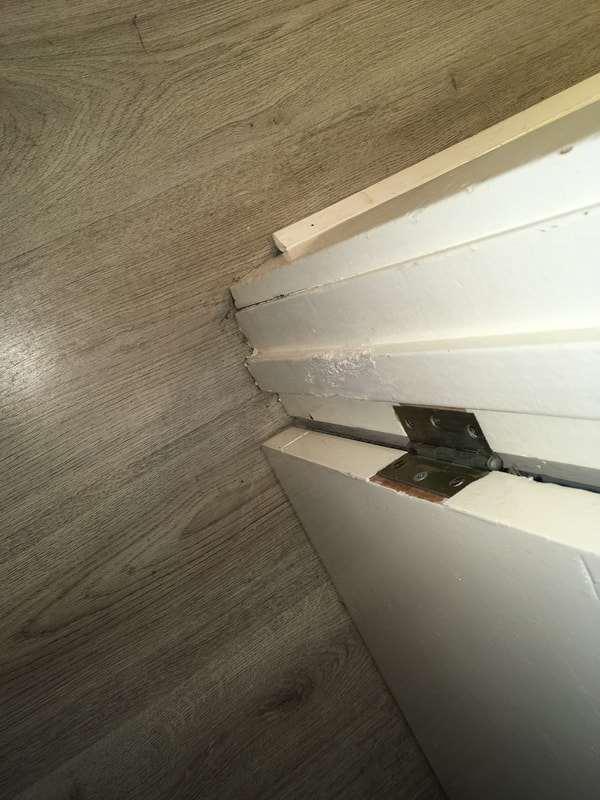
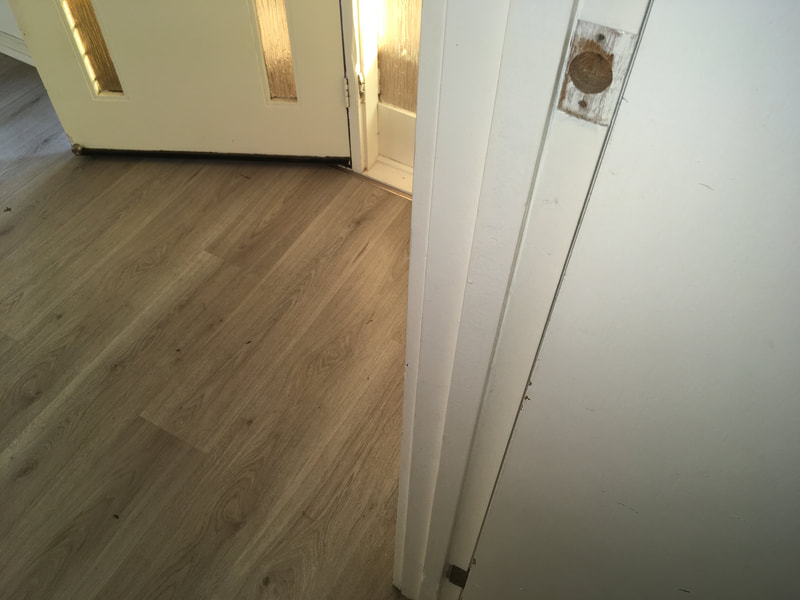
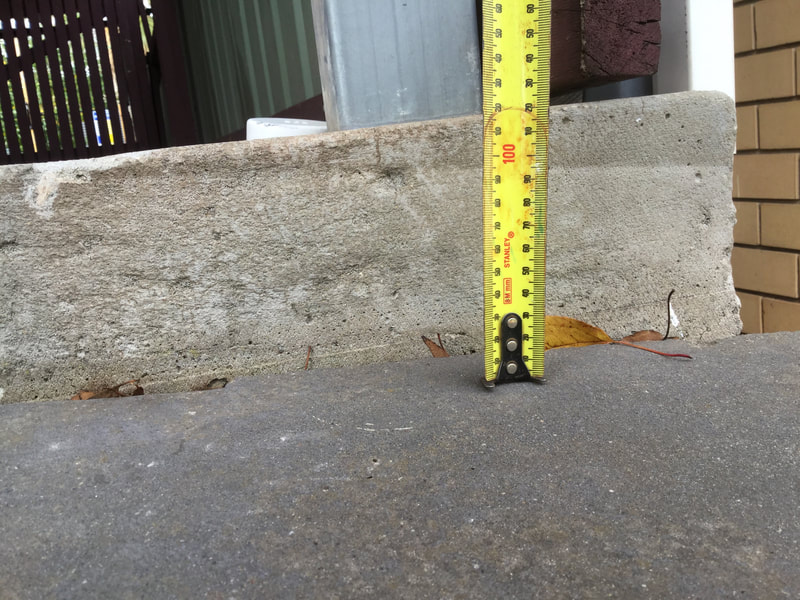
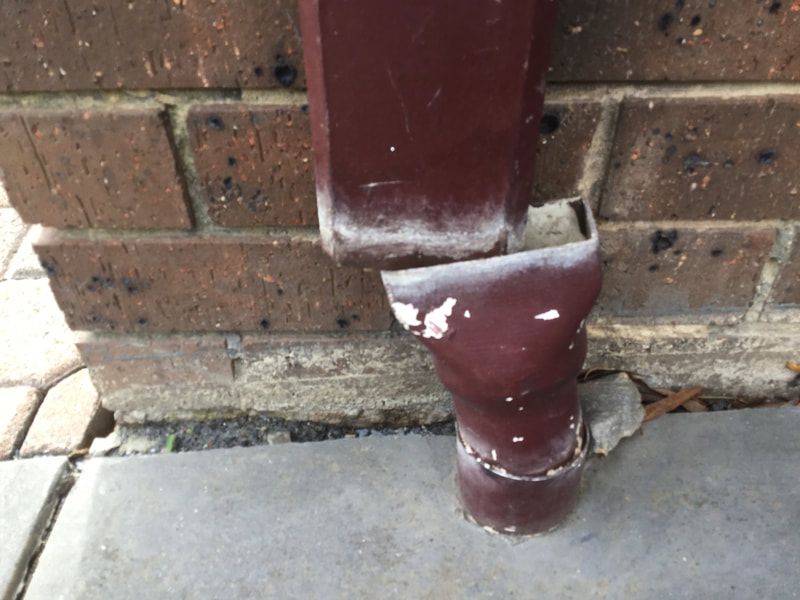
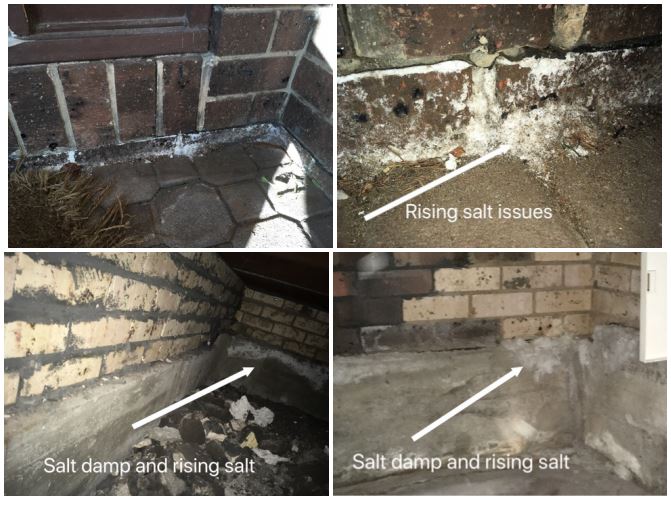
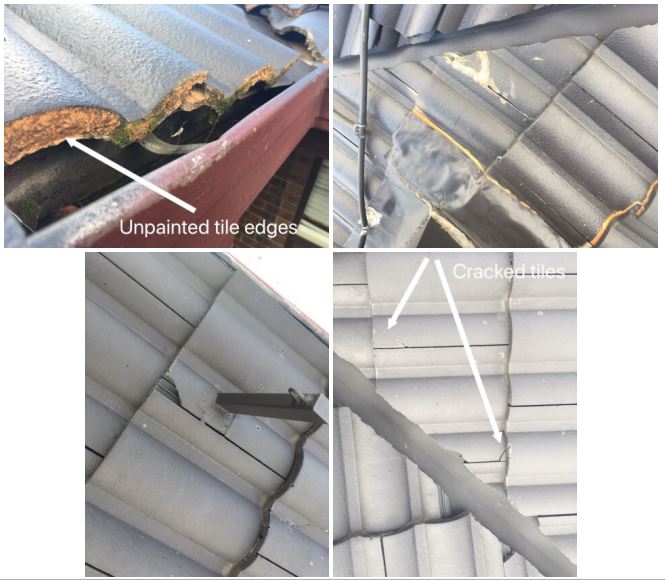
 RSS Feed
RSS Feed